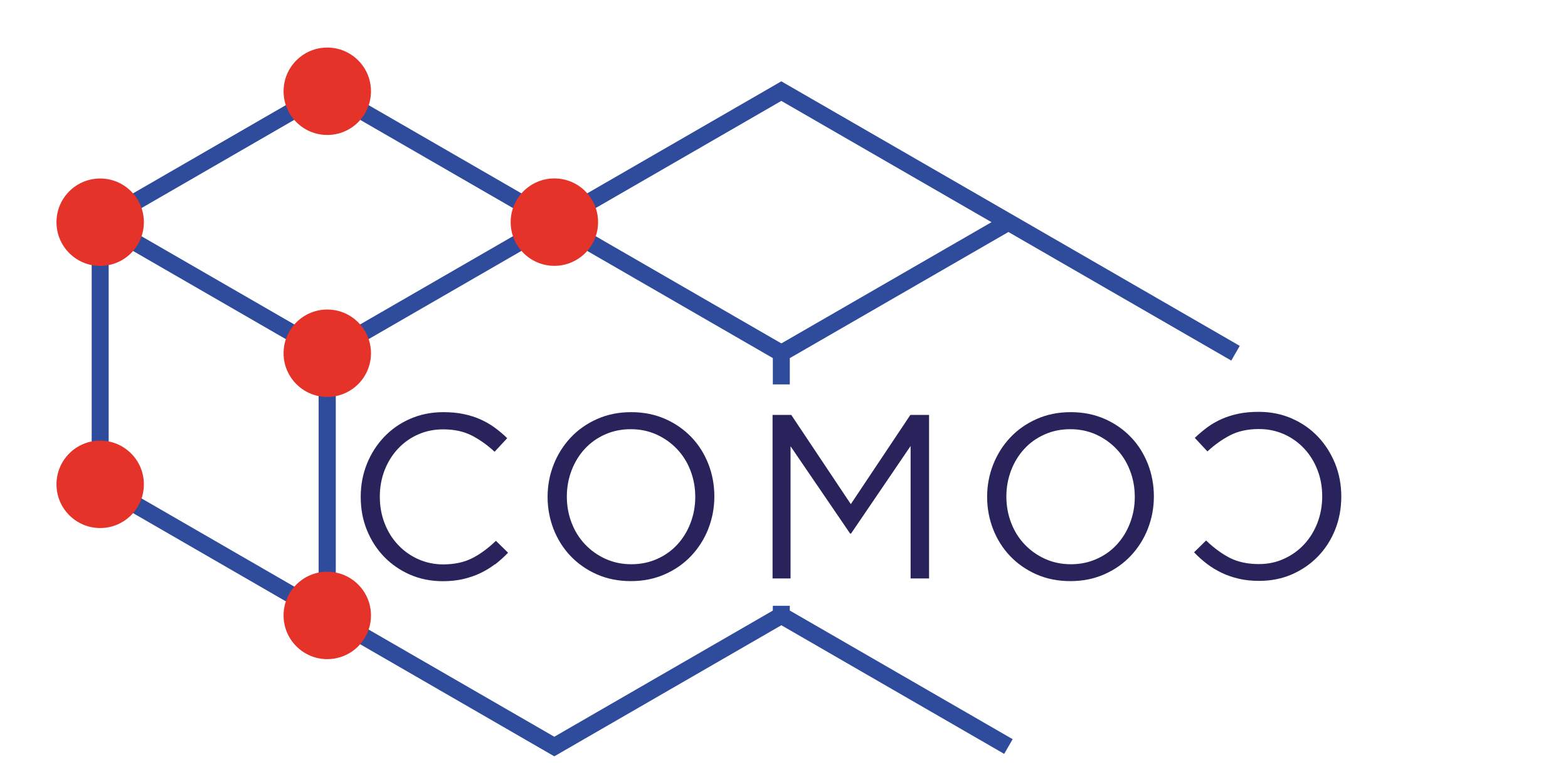Photocatalysis
Totally Conjugated and Coplanar Covalent Organic Frameworks as Photocatalysts for Water Purification: Reduction of Cr (VI) while Oxidizing Water Borne Organic Pollutants
Linyang Wang - Linyang.Wang [at] UGent.be
Covalent organic frameworks (COFs) are excellent porous photocatalysts due to their large surface area, structural regularity, tailorable functionalities, and strong light-harvesting properties. The chemical and hydrolytic stability and photocatalytic performance of COFs is drastically enhanced by constructing 2D COFs that are fully conjugated in the x,y plane, that have alternating donor-acceptor (D-A) units and that have enhanced conjugation in the z-axis by using highly planar building blocks. Hexavalent chromium (Cr (VI)) is a common and highly toxic contaminant due to its widespread use in industries such as electroplating, leather tanning, printing, and pigment production. Compared to the more traditional techniques to remove Cr (VI), like membrane separation, chemical reduction, electrolysis, and ion adsorption, the photocatalytic reduction of Cr (VI) has gained more and more attention. In this study, we introduce three highly crystalline sp2 COFs that are able to simultaneously photocatalytically reduce highly toxic Cr (VI) species to much less toxic and removable Cr (III) residues, while simultaneously oxidizing water borne organic pollutants. These COFs are able to completely remove Cr (VI) (10 mg/L) and Rhodamine B in less than 30 minutes. This research provides valuable insights into the development of recyclable metal-free photocatalysts for wastewater treatment.
Design of covalent organic frameworks (COFs) for photocatalytic carbon dioxide conversion
Zhongliang Wen - Zhongliang.Wen [at] UGent.be
Covalent organic frameworks (COFs), as a branch of porous crystalline materials, exhibit permanent porosity, long-range structural order, and robust frameworks, positioning them as an important material platform for addressing global energy and environmental challenges. With rapid advances in disciplines such as physics, chemistry, materials science, and engineering, significant progress has been made in this field, and COFs are widely used in areas such as gas storage and separation, energy storage and conversion systems, drug delivery, chemical sensing, and photocatalysis. In particular, their tunable architectures, high surface area, large porosity, and exceptional chemical stability make COFs highly suitable for photocatalytic applications, where they have achieved considerable success. Photochemical conversion offers an environmentally friendly and sustainable method of producing fuels and chemicals, and photocatalysis is expected to become one of the most important chemical technologies of this century. Although various photocatalysts based on inorganic and organic small molecules, polymers, and networks have made remarkable progress, the design and fabrication of photocatalysts that combine high activity, selectivity, and reusability remain major challenges. Due to their unique structures, COFs stand out as one of the most promising candidates for photocatalysts
Donor-acceptor vinylene-linked COFs for photocatalysis
Maojun Deng - Maojun.Deng [at] UGent.be
Hydrogen peroxide (H₂O₂) is a crucial chemical in environmental remediation, disinfectant and as a green oxidizing agent. The industrial anthraquinone process for industrial H₂O₂ synthesis is polluting and energy-intensive. Covalent organic frameworks (COFs) are excellent photocatalysts for H2O2 production with visible light. In 2020, our group pioneered the use of COFs as photocatalysts for H₂O₂ production via a 2e⁻ oxygen reduction reaction (ORR) pathway. In the next four years, up to now, nearly 50 reports have focused on enhancing COF-based photocatalysts for H₂O₂ production. In 2023, we demonstrated the extended π-conjugation of imine COFs via a simple post-sulfurization, resulting in improved conjugation in both the x and y directions and a huge increase in the H2O2 production rate.
As a subsequent application, photocatalytically generated H2O2 and radical oxygen species are used in pollutant degradation. We created several conjugated COFs as photocatalysts to simultaneously produce H2O2 production and degrade bisphenol A. The Donor-Acceptor alternating network facilitates the charge separation of the excitons. The best COF, containing thiophene groups, with the most pronounced donor-acceptor characteristics has a production rate of 1952 μmol g−1 h−1 H2O2 generation rate and 96% BPA degradation within 60 min.
Photocatalytic reduction of CO2 towards C2+ chemicals with COFs
Diem Van Hamme - Diem.VanHamme [at] UGent.be
COFs can be tailored to functionalize as highly crystalline and porous host materials for metal active catalytic sites. In addition, their highly ordered and conjugated network enables them to be good photocatalysts. My research focusses on the use of the wet impregnation method, to synthesize a bimetallic COF for the advanced photocatalysis of CO2 towards valuable C2+ molecules.


.jpg)